
Often referred to as ‘true blue’, the brilliant deep-blue Ultramarine pigment is beloved by artists on its own or as a valuable mixing colour. Its name derives from the combination of Latin for ‘ultra’, meaning beyond, and ‘mare’, meaning sea, referring to Europeans having imported the stone over the seas from Asia.
Because it was so costly to produce, Ultramarine was once worth more than gold. Yet it was so revered among Renaissance artists that Vermeer drove his family into debt because of his frequent Ultramarine use. We follow the journey from its source – a vibrant blue semi-precious stone – to today’s widespread synthetic alternative.
Ultramarine: History and origins of the ancient blue pigment
Ultramarine is extracted from the earth – it is made from a semi-precious stone known as lapis lazuli (‘the blue stone’ in Latin) from Afghanistan. It is one of the oldest blue pigments, and early evidence of Ultramarine as a decorative stone in the cave temples of Bamiyan dates back to the 6th and 7th centuries AD.

Lapis lazuli is made up of the minerals lazurite, silicate and pyrite. The mined stone was used further afield in Ancient Egypt and Sumer, to decorate items such as jewellery, headdresses and even, reportedly, makeup in the form of Cleopatra’s eyeshadow. But the blue pigment was not extracted until much later. There is evidence of it having been used in Chinese paintings from the 10th and 11th centuries, in Indian mural paintings from the 11th, 12th and 17th centuries, and Anglo-Saxon and Norman illuminated manuscripts from circa 1100. In the 15th century, the artist Cennino Cennini described Ultramarine in his Il Libro dell’Arte as a ‘glorious, lovely and absolutely perfect pigment beyond all the pigments’. Lapis lazuli was later traded on the Silk Road. It was loaded onto ships in Syria sailing to Venice, from where it was traded throughout other parts of Europe.
The expensive legacy of natural Ultramarine
The time-consuming process of extracting Ultramarine from lapis lazuli, combined with the distances it had to travel from its source, made natural Ultramarine a supremely expensive pigment. So much so that it was once considered more precious than gold when weighed gram by gram. To produce genuine Ultramarine pigment from lapis lazuli was a complex, lengthy process. The mineral mined was ground and mixed with resin, linseed oil or wax, and then heated to form a dough-like mixture. This was kneaded like bread and placed in a lye solution, allowing blue flakes to separate, sink and dry, with the result being a fine blue powder pigment. The process would then be repeated to produce a finer grade of pigment each time, meaning that a comparatively small amount of Ultramarine pigment could be extracted from the stone. Nonetheless, it created a high-quality blue pigment free from the invisible impurities which lay in the rock and damaged the paint colour.
The preciousness of the pigment dictated how it was used in painting. Artists employed it sparingly and had to account for the hefty cost, which was sold at the best quality and price in Venice. Where Michelangelo purportedly couldn’t afford to use Ultramarine for his works, Vermeer was so taken by the pigment he refused to paint without it, his frequent use eventually resulting in his family falling into debt. From the year 1400, Ultramarine was often used to paint the robes of the Virgin Mary, to illustrate her divinity. However, artists were still financially conflicted when using the pigment, so it was reserved for significant works of art, such as Sassoferrato’s Praying Madonna (circa 1660), and it remained a privilege to use the colour until a synthetic version came onto the scene.

The invention of French Ultramarine
In 1817, the London Royal College of Art offered a prize to anyone who could produce a synthetic version of Ultramarine. The French Government’s Société d’Encouragement pour l’Industrie Nationale followed this by offering a larger reward of 6,000 francs for the invention. Just over a decade later in 1828, French chemist Jean-Baptiste Guimet was successful. His pigment, French Ultramarine, was made from a mix of clay, soda, charcoal, quartz and sulphur, heated to produce a green Ultramarine substance which was then ground, washed and re-heated to convert it to a blue pigment. Chemically speaking, French Ultramarine was identical to the prohibitively expensive original, and this changed everything.
French Ultramarine: a revolution in blue pigments
French Ultramarine quickly became an essential addition to the artist’s palette. J. M. W. Turner was the first accredited artist to use synthetic Ultramarine, in 1834. Turner turned to oil colours in his early twenties to gain more professional standing and recognition, and exhibited his first oil painting, Fishermen at Sea, at the Royal Academy when he was 21.
By the 1870s French Ultramarine had become the standard pigment for Ultramarine. Later artists would rejoice in its clean vibrancy, such as Monet, who used a mix of French Ultramarine and Cobalt Blue in his 1906 Water Lilies painting. In 1957, Yves Klein developed a version of Ultramarine called IKB (International Klein Blue) which he registered as a trademark colour and used to make 200 monochrome paintings. Klein saw the colour as especially pure, and felt that it represented a sense of freedom and infinite spaces.

Today, Winsor & Newton produces a rich, transparent French Ultramarine with a reddish pigment, and in contrast a cooler Ultramarine (Green Shade), a deep transparent blue with green undertones. Both have superb blending properties to make purples, greens and even neutrals, but are also suited to working with a limited palette.
Once a rare and precious pigment, Ultramarine is now a favourite among artists.









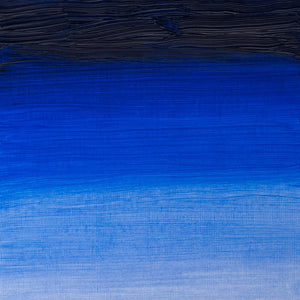
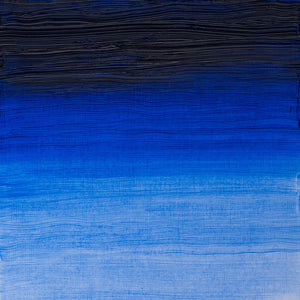
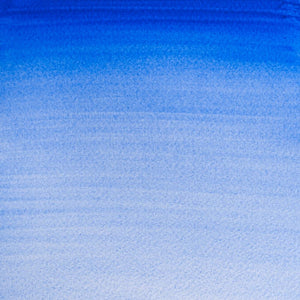
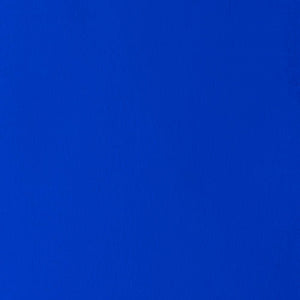
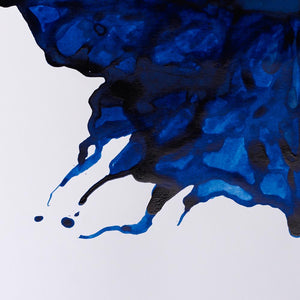
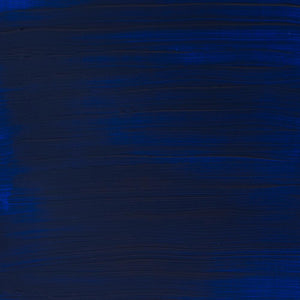
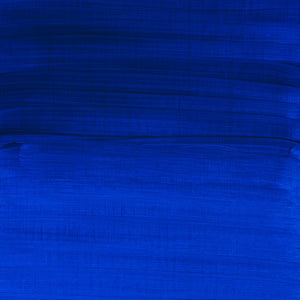
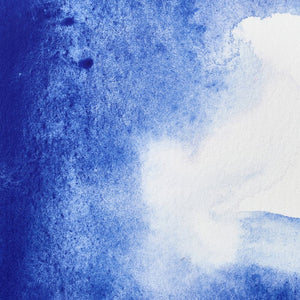
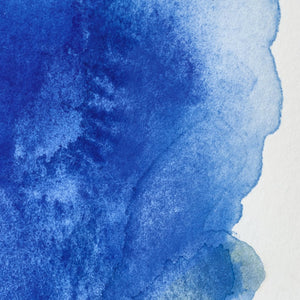
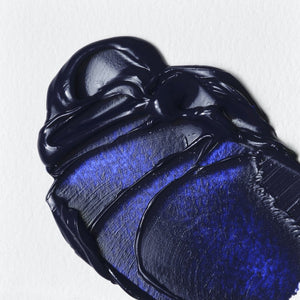
![WN PWC KAREN KLUGLEIN BOTANICAL SET [OPEN 3]](http://www.winsornewton.com/cdn/shop/files/136448.jpg?crop=center&v=1724423264&width=20)
![WN PWC KAREN KLUGLEIN BOTANICAL SET [FRONT]](http://www.winsornewton.com/cdn/shop/files/136444.jpg?crop=center&v=1724423264&width=20)
![WN PWC ESSENTIAL SET [CONTENTS 2]](http://www.winsornewton.com/cdn/shop/files/137579.jpg?crop=center&v=1724423213&width=20)
![WN PWC ESSENTIAL SET [FRONT]](http://www.winsornewton.com/cdn/shop/files/137583.jpg?crop=center&v=1724423213&width=20)
![W&N GALERIA CARDBOARD SET 10X12ML [B014096] 884955097809 [DIMENSIONS]](http://www.winsornewton.com/cdn/shop/files/138845.jpg?crop=center&v=1724893209&width=20)
![W&N GALERIA CARDBOARD SET 10X12ML [B014096] 884955097809 [ANGLED]](http://www.winsornewton.com/cdn/shop/files/138863.jpg?crop=center&v=1724893209&width=20)

![W&N PROMARKER 24PC STUDENT DESIGNER 884955043295 [FRONT]](http://www.winsornewton.com/cdn/shop/files/78674_d4d78a69-7150-4bf4-a504-3cb5304b0f80.jpg?crop=center&v=1721326116&width=20)

![W&N PROFESSIONAL WATER COLOUR TYRIAN PURPLE [SWATCH]](http://www.winsornewton.com/cdn/shop/files/136113.jpg?crop=center&v=1724423390&width=20)
![W&N WINTON OIL COLOUR [COMPOSITE] 37ML TITANIUM WHITE 094376711653](http://www.winsornewton.com/cdn/shop/files/9238_5073745e-fcfe-4fad-aab4-d631b84e4491.jpg?crop=center&v=1721326117&width=20)
![W&N WINTON OIL COLOUR [SPLODGE] TITANIUM WHITE](http://www.winsornewton.com/cdn/shop/files/131754_19b392ee-9bf6-4caf-a2eb-0356ec1c660a.jpg?crop=center&v=1721326118&width=20)